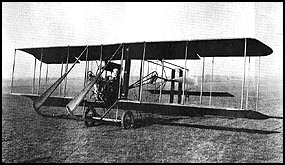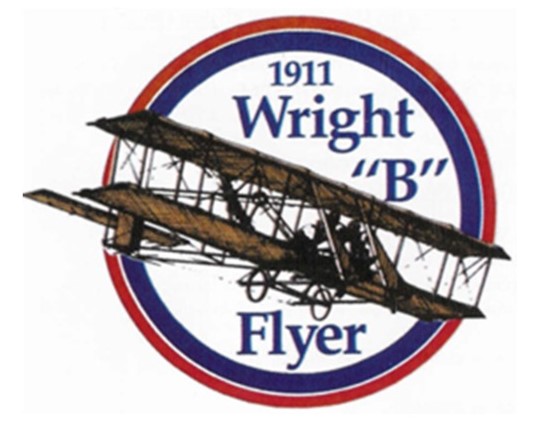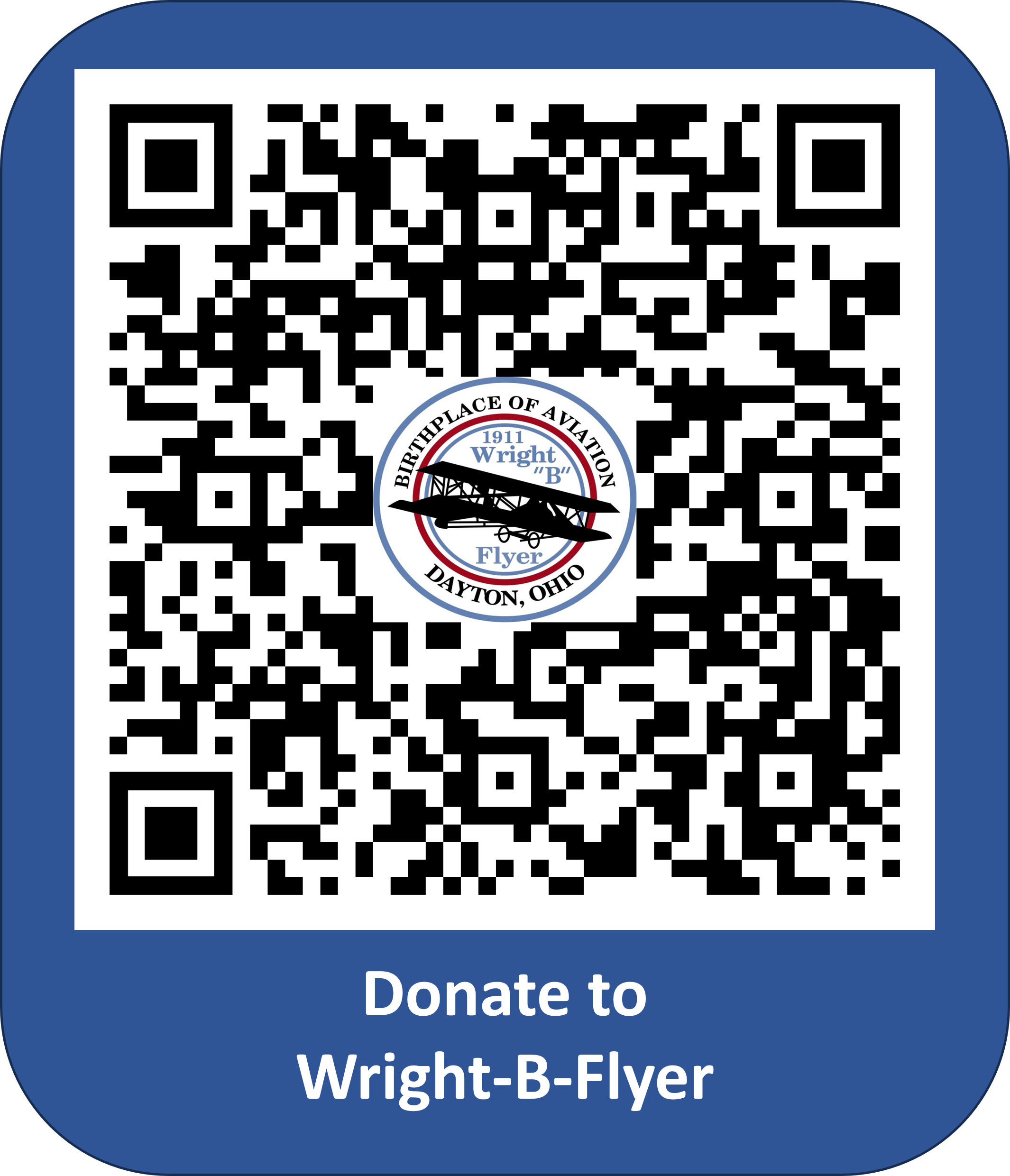History of the Wright Model B Flyer
 Wilbur and Orville Wright organized the Wright Company with east-coast financial backers in November 1909. Corporate headquarters was in New York, but the factory and flying school were located in Dayton. The Wright Company established its flying school on Huffman Prairie in Greene County, where the Wrights had experimented in 1904-1905 after their initial powered flights at Kitty Hawk.1
Wilbur and Orville Wright organized the Wright Company with east-coast financial backers in November 1909. Corporate headquarters was in New York, but the factory and flying school were located in Dayton. The Wright Company established its flying school on Huffman Prairie in Greene County, where the Wrights had experimented in 1904-1905 after their initial powered flights at Kitty Hawk.1
Workers broke ground on the Wright Company factory in January 1910. It was located on Coleman Avenue, just off West Third Street about 1.5 miles west of their bicycle shop, close to the Third Street trolley and next to a railroad line. They rented space in a corner of the Speedwell Motor Car Company plant, 1420 Wisconsin Boulevard, until the first factory building was finished in November. Prototypes the Model B and Model R were built in the Speedwell plant.2
The Wrights began flying the Model B sometime in July 1910, but exactly when isn’t clear. Prominent in its new design was the “headless” configuration, with the elevator at the tail instead of out front. It also had wheels.3
General design features
The Wright brothers considered the 1905 Wright flyer the first practical flying machine, but their use of front-mounted elevators, called canards, resulted in an unstable airplane that required a pilot’s constant attention.4 The skids they favored had made sense on Kitty Hawk’s sand, but elsewhere they were a poor substitute for wheels. Launching a Wright airplane still required a catapult and track.
The Model B addressed those issues. The Wrights experimented with different control configurations before settling on the final design. In 1910, they modified a 1909 Flyer with a fixed horizontal stabilizer mounted at the tail aft of the rudders. Later it was made moveable, working in conjunction with the front elevator (also known as the front rudder.) Finally, the front elevator was removed. In addition, wheels were attached to the skids. The front ends of the skids were shortened and flattened, and triangular “blinkers” replaced the semicircular blinkers that had been in use since 1905.5
At Fort Sam Houston in San Antonio, Texas, Lt. (later Maj. Gen.) Benjamin Foulois made similar experiments during 1910 with Army Signal Corps No. 1, the 1909 Wright Military Flyer. Teaching himself to fly and without a proper maintenance shop, Foulois was constantly crashing and repairing the airplane. While he was at it, he added wheels and tried various configurations of horizontal stabilizers and elevators before ending up with a de facto Model B.6
First production airplane
The Model B was the first airplane the Wrights produced in quantity, and it was the first U.S. airplane produced under license. William Starling Burgess built more than 100 under license as the Model F.7
The U.S. Army bought two Model Bs, Signal Corps No. 3 and 4. Both were accepted at Fort Sam Houston, Texas on April 17, 1911.The army used the Model B for training pilots and aerial experiments.8
In October 1911, the army used a Model B in College Park, Maryland, for the first military trials of a bombsight and bomb-dropping device. The major modifications to this airplane were the installation of an eight-cylinder Rausenberger engine in place of the original four-cylinder Wright engine and the addition of ailerons on the trailing edge of the wings instead of the Wrights’ lever control system for wing warping.9
The modifications described for this airplane are similar to those owned by the National Museum of the U.S. Air Force, but it is not identified as a Signal Corps airplane.10
– Timothy R. Gaffney
For more information on the Wright Brothers including pictures, text and lesson plans for teachers.
References
1. Crouch, Tom, The Wright Brothers of Dayton: A Chronology, 1828-1948,
Appendix I
2. Crouch, The Bishop’s Boys, pp. 412, 424.
3. McFarland, Marvin W., The Papers of Wilbur and Orville Wright, p. 998.
4. Hallion, Richard P., Taking Flight, p. 239
5. Ibid, p. 1197; photo, plate 208.
6. Cunningham, Meghan, The Logbook of Signal Corps No. 1, p. 8.
7. Hill Aerospace Museum, http://www.hill.af.mil/library/factsheets/factsheet.asp?id=5641
8. U.S. Centennial of Flight Commission, https://www.centennialofflight.net/
9. Ibid.
10. National Museum of USAF, https://www.nationalmuseum.af.mil




 Like Us on Facebook
Like Us on Facebook